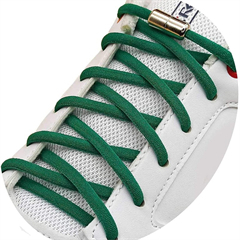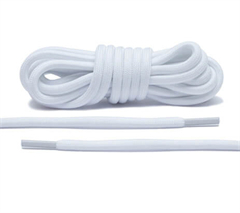Choosing the perfect pair of boots involves considering a variety of factors, including your intended use, style preferences, comfort needs, and the specific features of the boots. Here’s a step-by-step guide to help you make the right choice:
- Purpose and Intended Use: Determine why you need the boots. Are you looking for everyday wear, hiking, work, winter weather, or a specific activity? Different boots are designed for different purposes, so identify your primary use before proceeding.
- Type of Boots: Based on your intended use, choose the appropriate type of boots:
- Casual Boots: These are versatile and can be worn for everyday activities.
- Hiking Boots: For outdoor activities and hiking, offering good traction and ankle support.
- Work Boots: Designed for safety and durability in demanding work environments.
- Winter Boots: Insulated and waterproof, suitable for cold and snowy conditions.
- Fashion Boots: Focused on style and may not have specialized features for outdoor or strenuous activities.
- Fit and Comfort: Proper fit and comfort are crucial for any footwear. Consider the following:
- Size: Ensure the boots fit well without being too tight or too loose.
- Width: Some boots come in different widths to accommodate foot shape.
- Arch Support: Look for boots with suitable arch support, especially if you have specific foot conditions.
- Cushioning: Consider the level of cushioning for comfort during prolonged wear.
- Material: Different materials offer various benefits:
- Leather: Durable, water-resistant (not waterproof unless treated), and stylish.
- Synthetic: Often lighter and more affordable, some are also water-resistant.
- Gore-Tex or Waterproof Membranes: Essential for wet conditions, providing waterproofing and breathability.
- Traction and Outsole: The outsole determines grip and traction. Look for:
- Deep Treads: Effective for hiking or walking on uneven terrain.
- Rubber Outsoles: Generally provide better traction and durability.
- Ankle Support: Depending on your activity, you might need different levels of ankle support:
- Low-Cut: Suitable for casual wear or activities with minimal ankle strain.
- Mid-Cut: Offers more ankle support, often found in hiking boots.
- High-Cut: Provides the most ankle support and stability, suitable for demanding activities.
- Insulation: If you’ll be in cold weather, especially during winter, consider insulation options:
- Thinsulate: Common insulation material for warmth without adding bulk.
- Shearling or Faux Fur: Provides warmth and comfort.
- Style: Choose a style that suits your personal preferences and the occasions you’ll be wearing the boots for.
- Brand and Reviews: Research reputable brands known for quality and durability. Read reviews from other customers to gauge the boots’ performance over time.
- Try Before Buying: Whenever possible, try the boots on before purchasing to ensure they’re comfortable and provide a good fit.
- Budget: Set a budget that aligns with the quality and features you need. Quality boots can be an investment, especially if you’re looking for durability and comfort.
Remember that there might not be a single “perfect” pair of boots that fits all situations. Consider your specific needs and preferences to find the best boots for you.



















